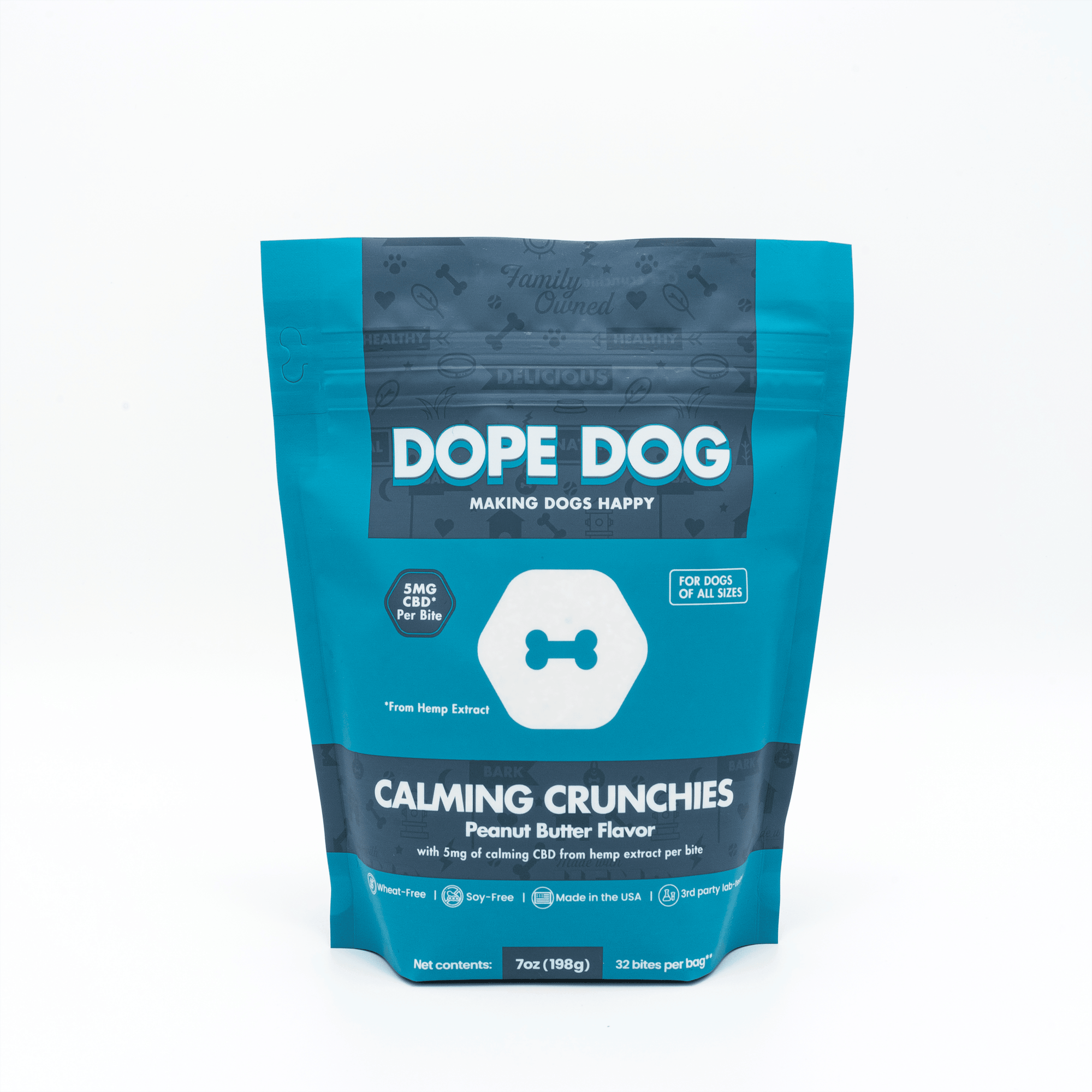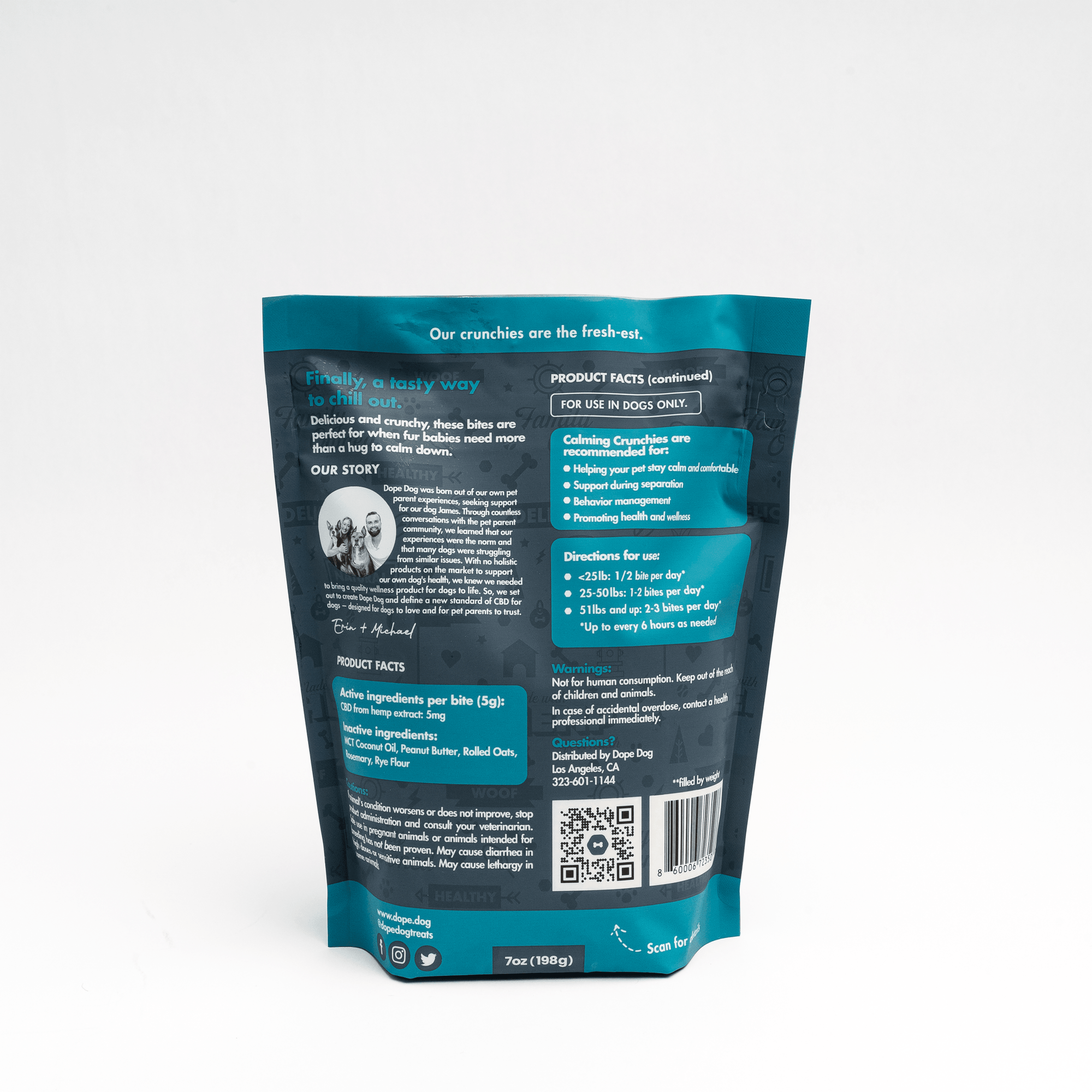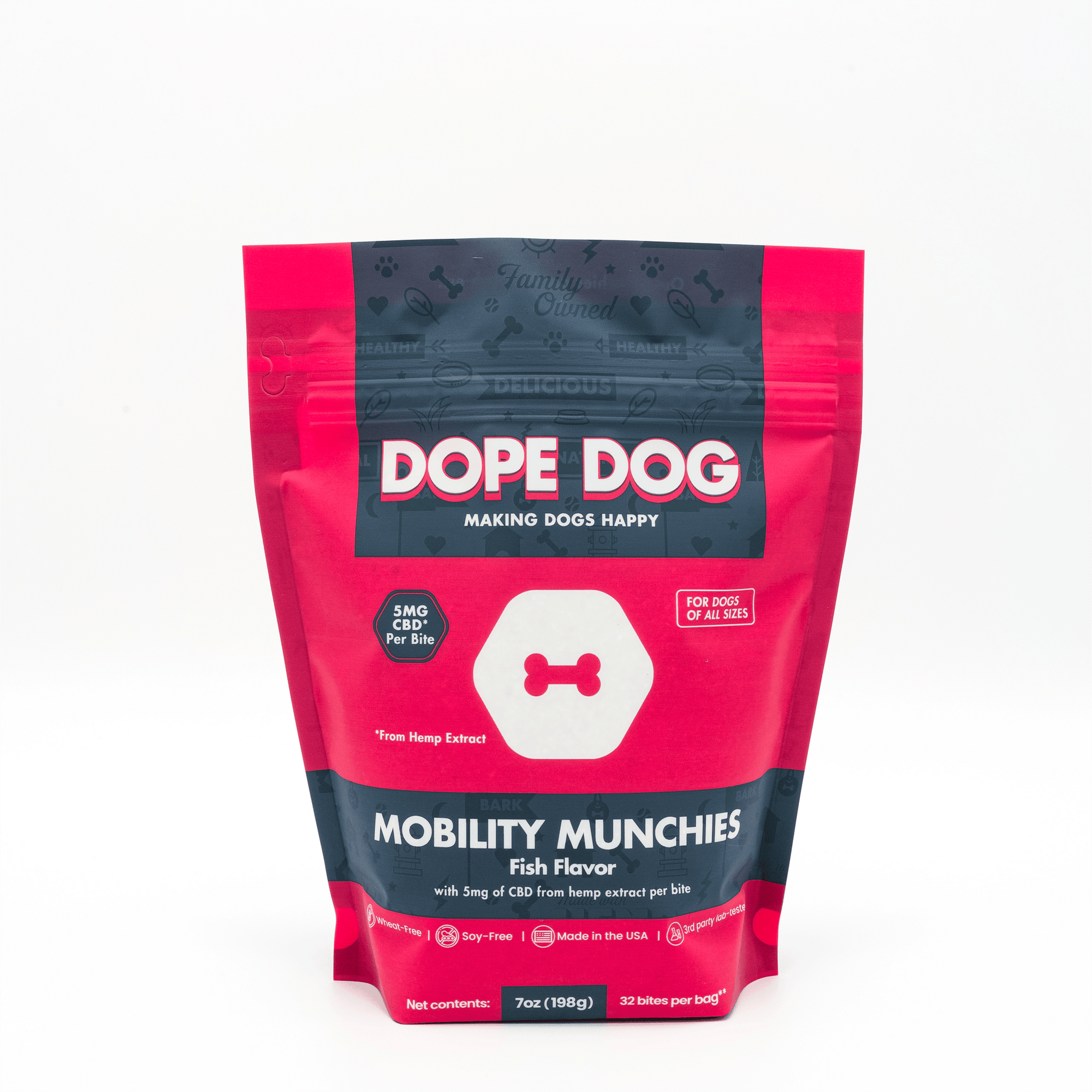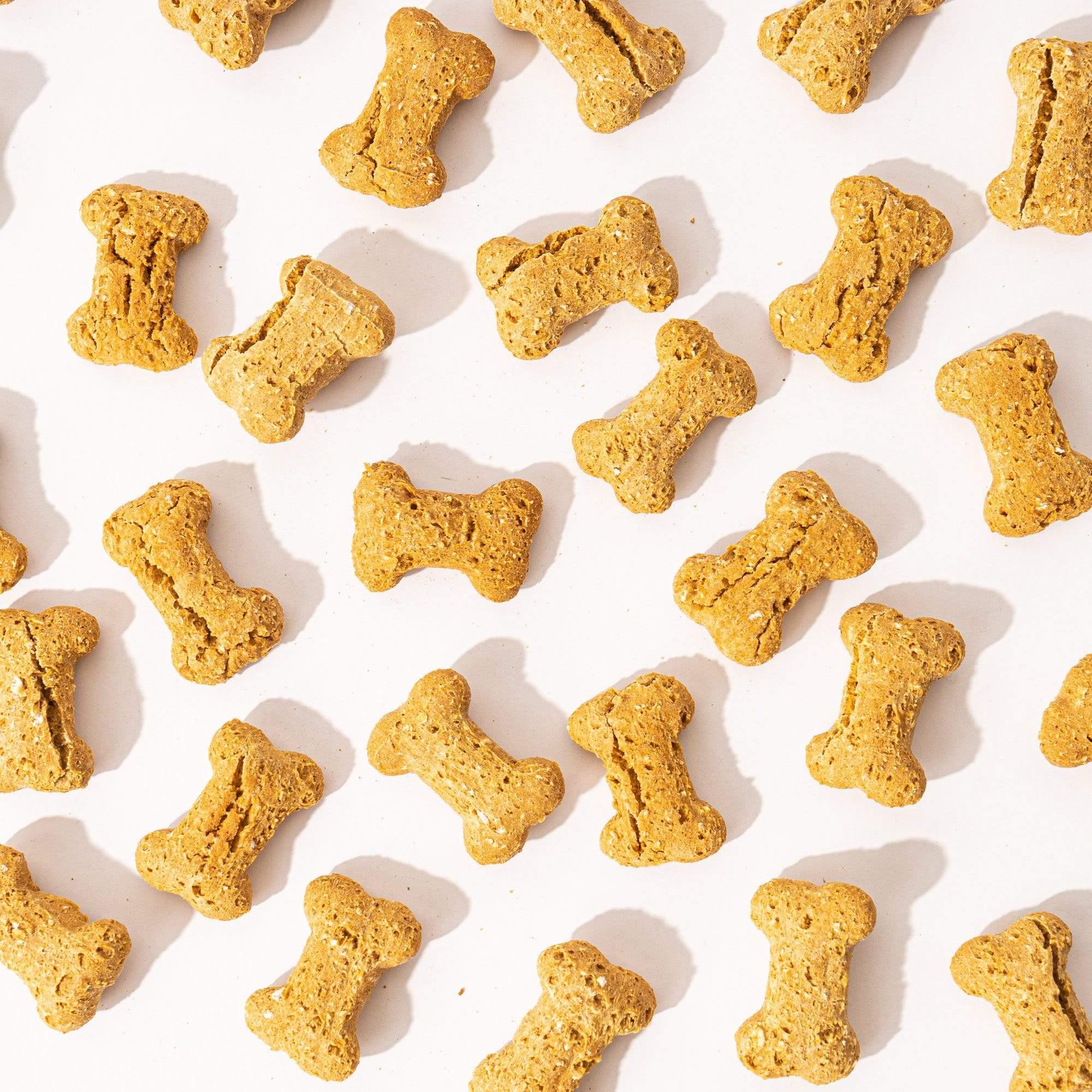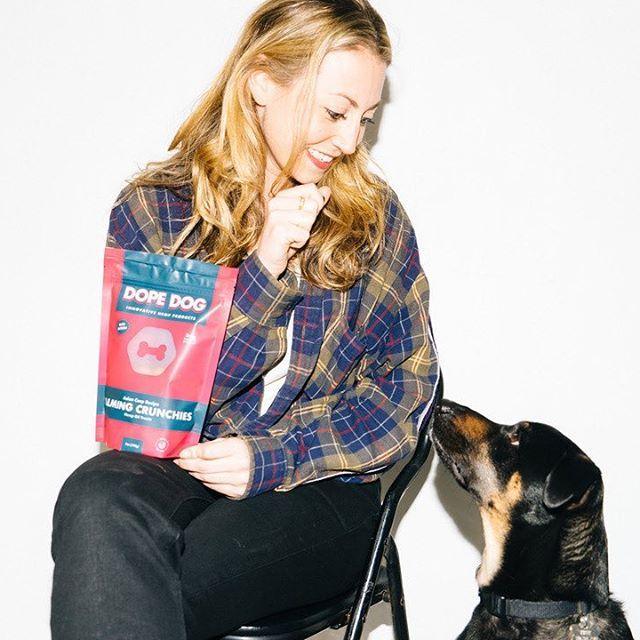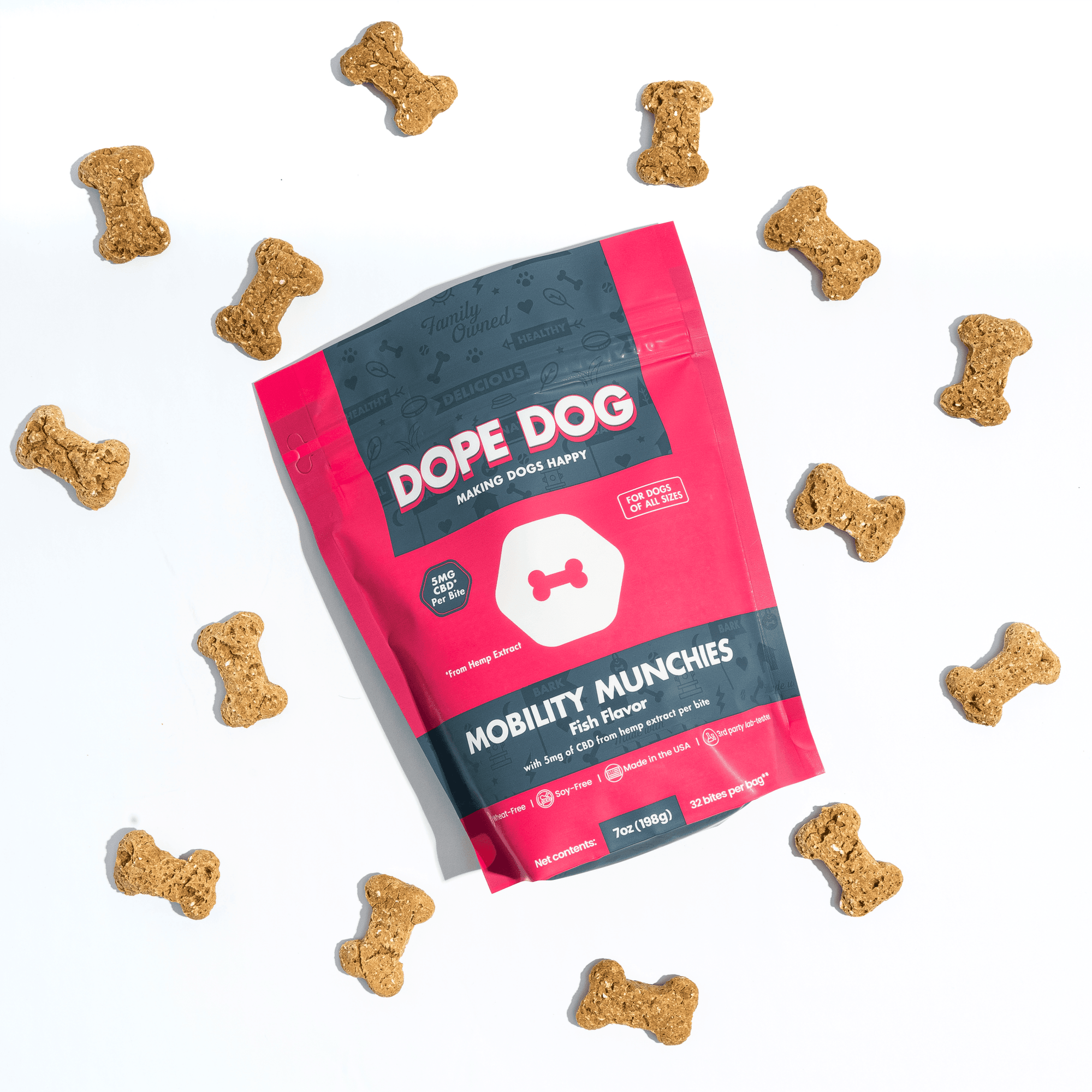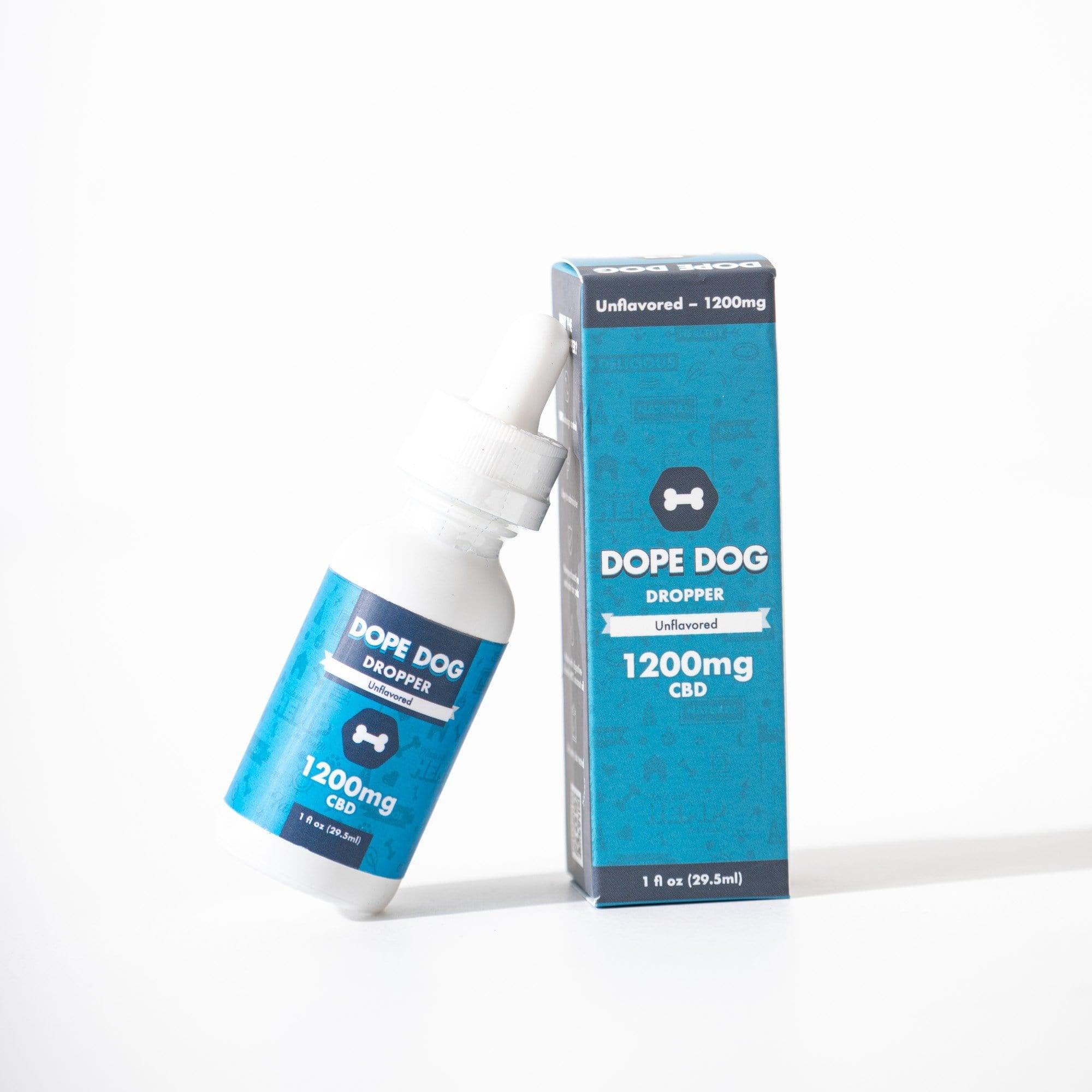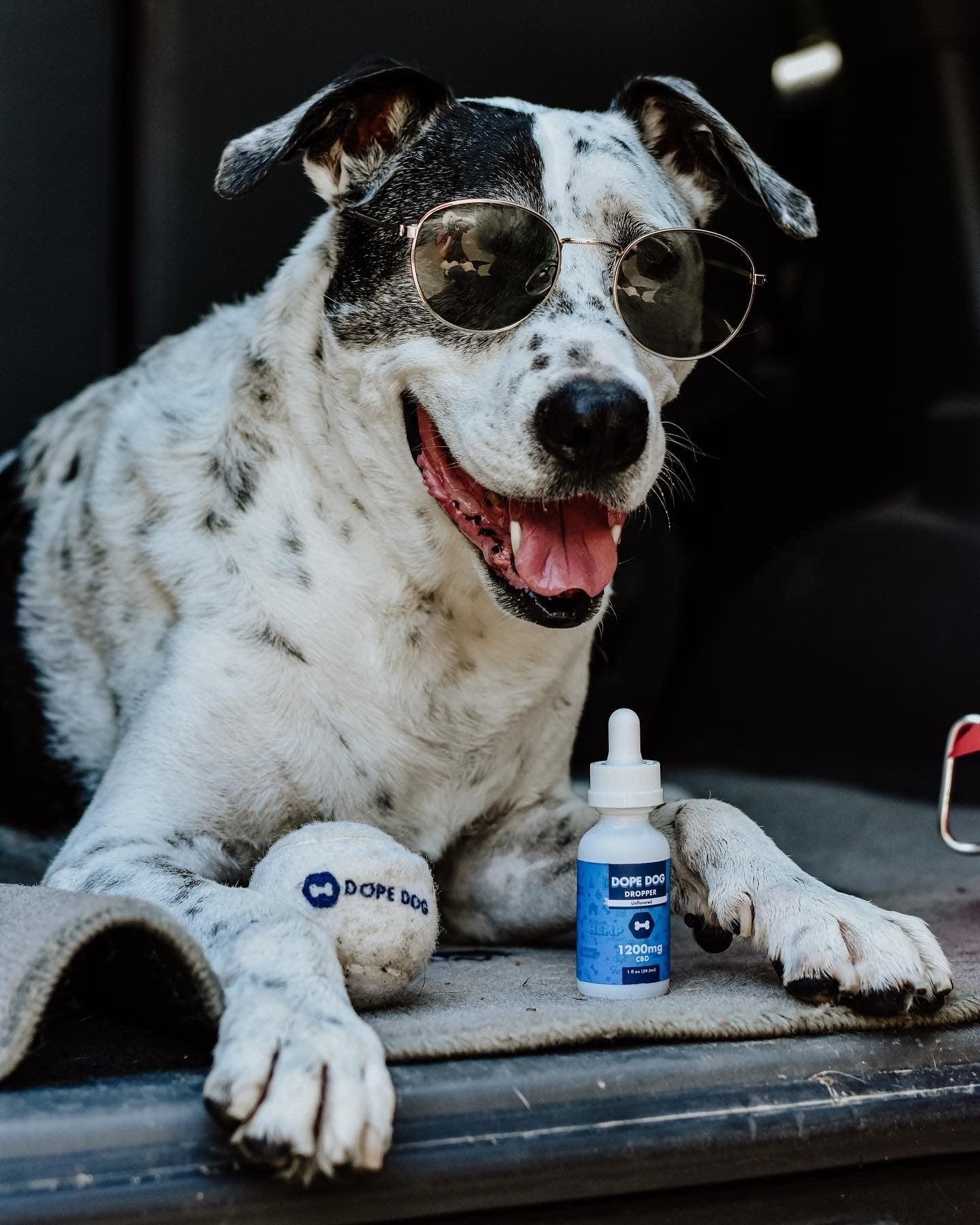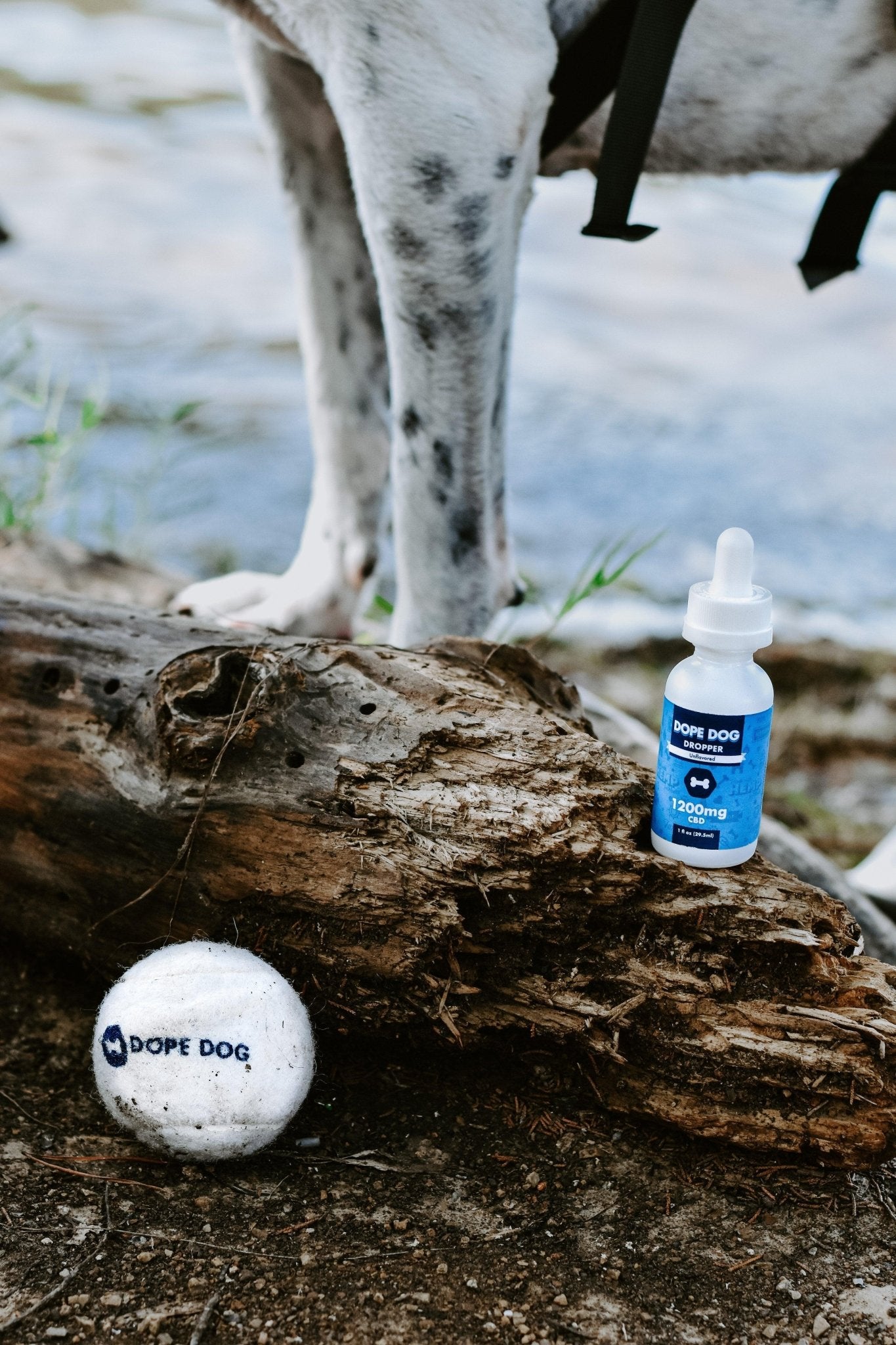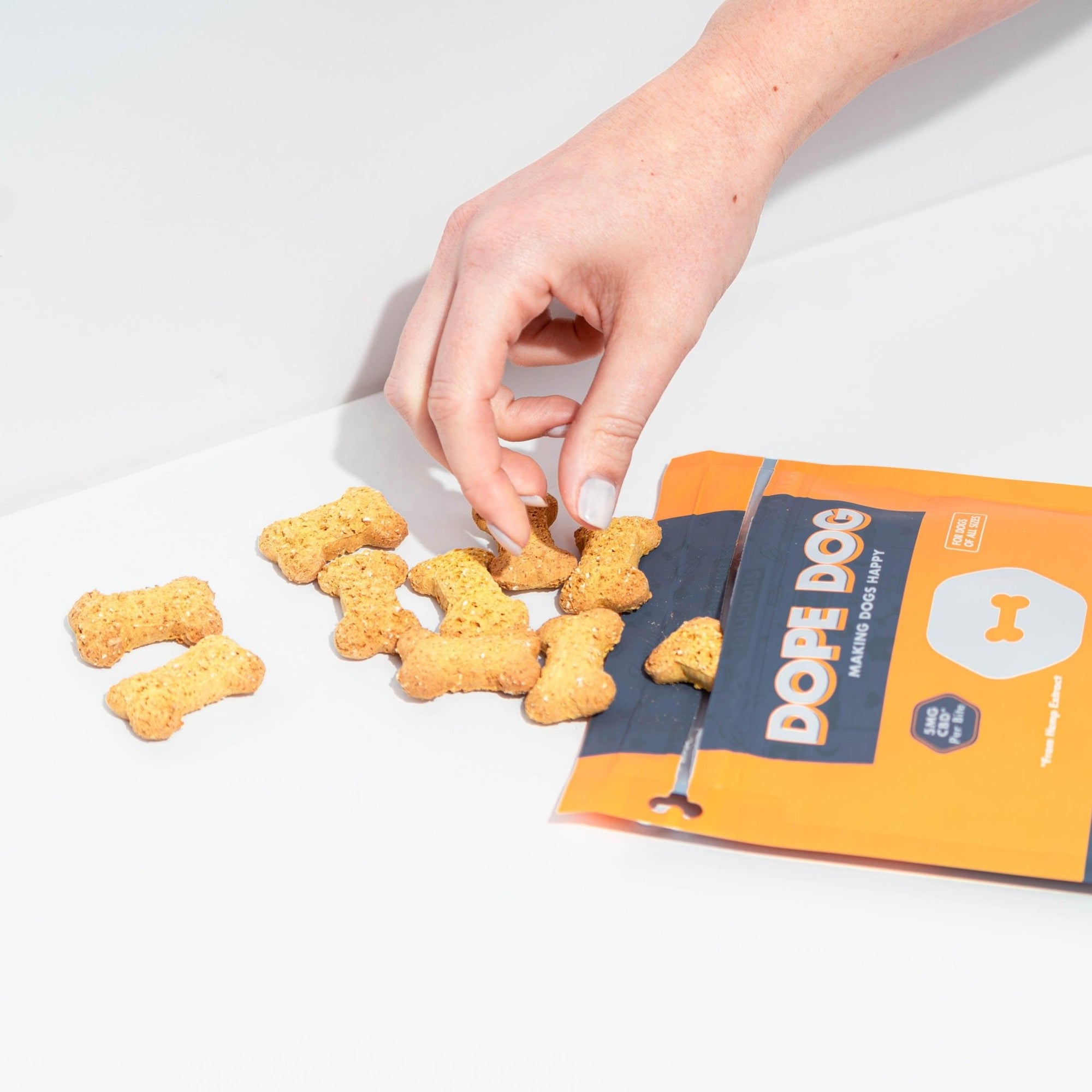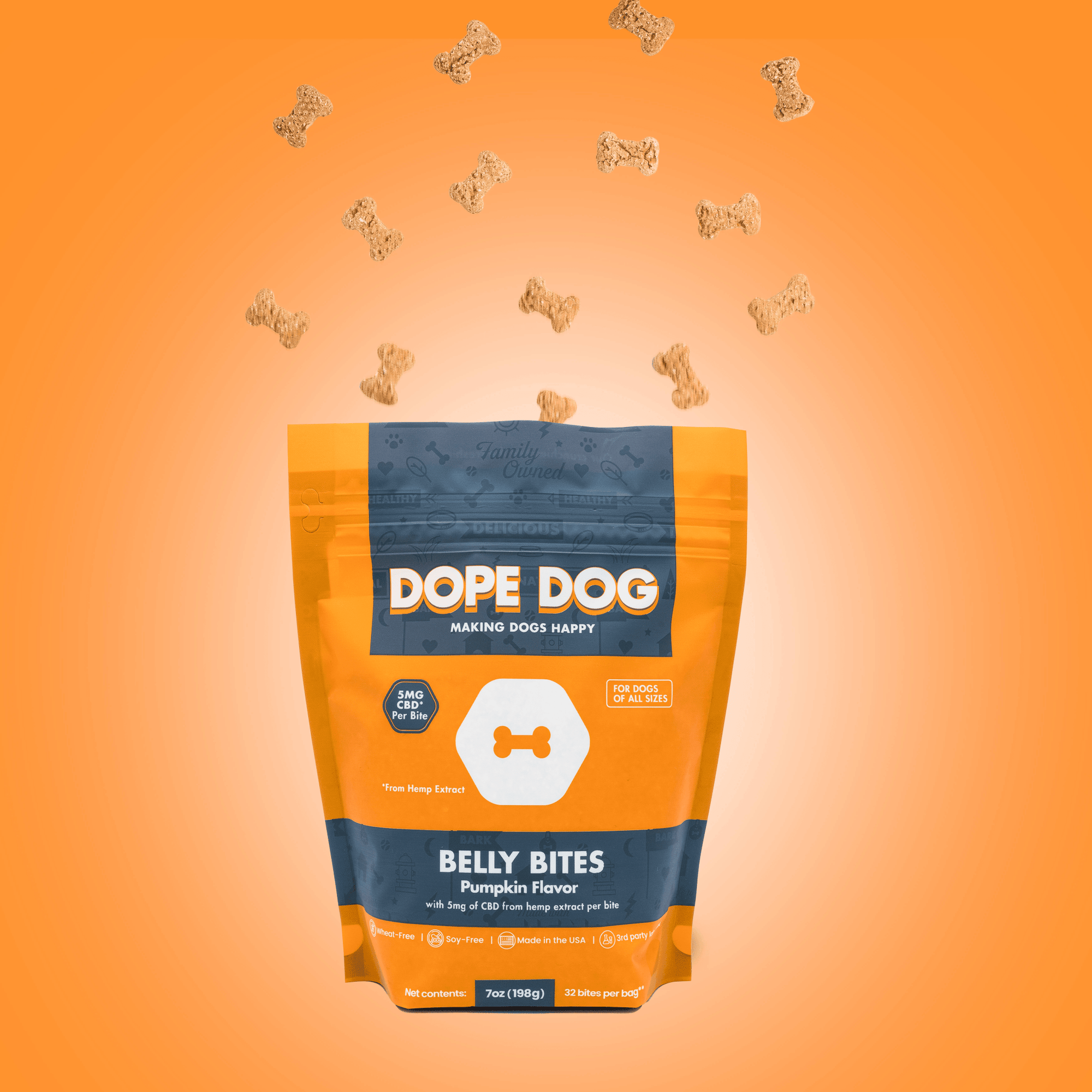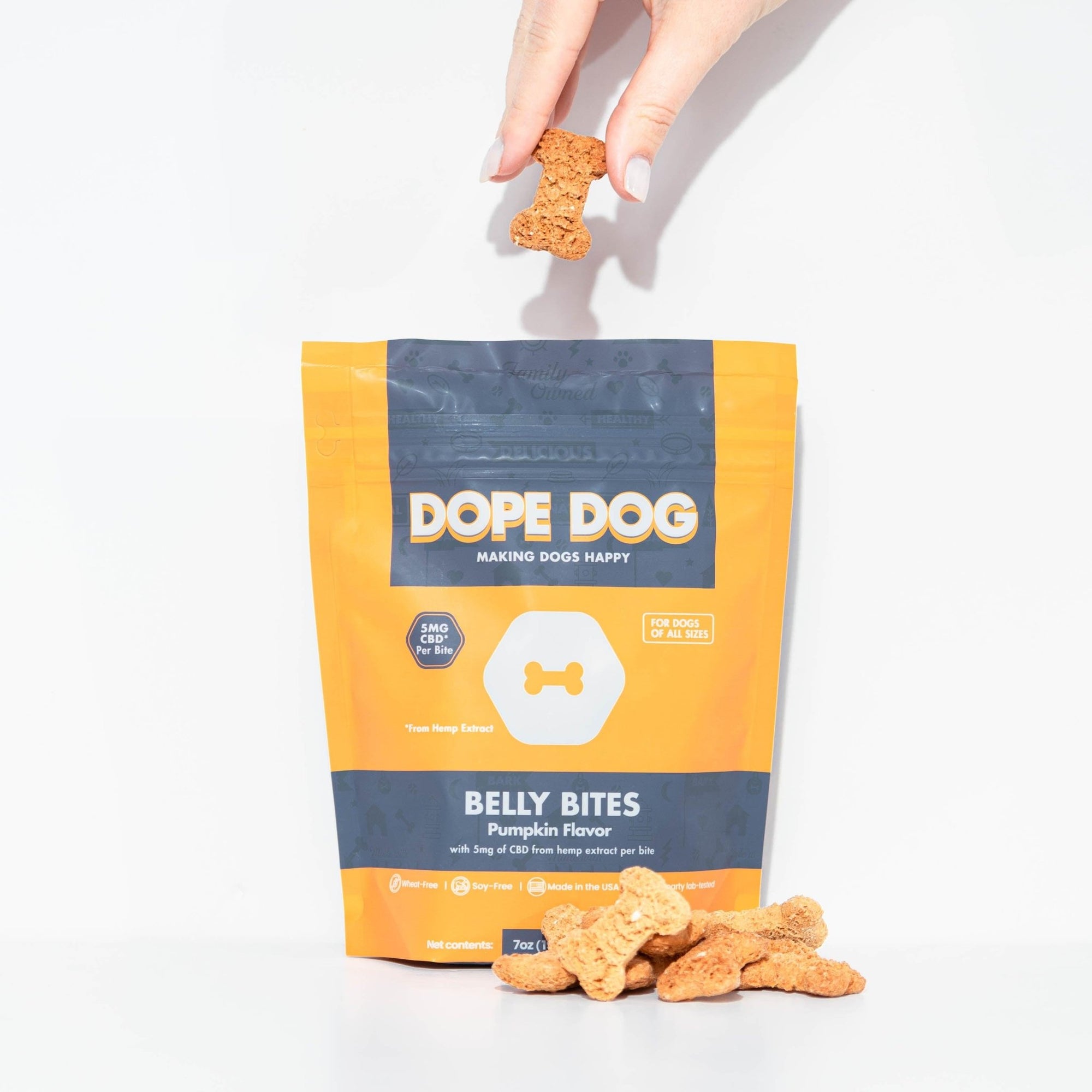When it comes to our four-legged friends, we will do anything in our power to make sure that they are healthy and happy. That means staying up-to-date with their vaccines and medication. We make sure that they have the best doggie diet to avoid weight gain and fatigue. We even spent a lot of money at pet stores to buy the most mentally stimulating toys to keep them busy for hours.
However, there are times when bad things happen despite doing everything right to try and prevent it. For example, hot spots are a common illness that plagues a lot of dogs. It can leave both of you scratching your head and wondering what’s going on.
The painful sores and irritation can go on forever if they’re not treated properly. Lucky for you, we at Dope Dog have gathered all the hot spot information you’ll need to help combat this illness and to prevent it from making both your lives miserable.
Related: Should my dog be using CBD shampoo?
What Are Hot Spots on Dogs?
Hot spots are often called summer sores or moist dermatitis. They usually occur during the summer season and can appear out of nowhere. They are localized skin inflammation with bacterial infections. It starts off as a small red and inflamed area that owners often mistake for insect bites. The difference between insect bites and hot spots is that the bites will go away on their own, but the hot spots can spread and develop red, oozing, and painful lesions.
What Causes Hot Spots?
Hot spots are caused by constant licking, scratching, and chewing of the affected area. This will cause severe skin inflammation and trauma that can make your dog vulnerable to bacterial infections. Keep in mind that the more your dog scratches, the worse it gets. Any area that causes your dog to itch or get irritated can lead to potential hot spots.
The common causes are usually food allergies, fleas, atopic dermatitis, parasites, skin and ear infections, contact irritants, anal sac disease, a dirty coat, stress, or moisture trapped in the coat from swimming. A lot of these issues could be chronic problems that can lead to a recurrent hot spot if they are left untreated. The important thing is to identify the underlying problem and to fix it immediately.
Does your dog have hotspots? Check out how Dope Dog can help
Symptoms of Hot Spots
If you see warm, moist red spots on your dog’s skin that’s constantly being licked at, then it may be an indication of a hot spot. There are also additional symptoms such as aggression, excessive itching and biting, whining, scaly skin, persistent chewing, sores, heat, strong odor, hair loss, decreased appetite, fatigue, and fever.
With these signs and symptoms, it’s essential to bring your dog to the vet for a physical examination. Based on the diagnosis, your vet will provide you with the proper medication.
Breeds That Are at High Risk for Hot Spots

Certain breeds of dogs are more vulnerable to hot spots than other breeds. Dog breeds such as German Shepherds, Labradors, Golden Retrievers, or St. Bernards have thicker coats, so they are prone to hot spots. Usually, this issue occurs during warmer weather with high humidity.
Studies have indicated that dogs that enjoy swimming during the summertime have a higher risk for hot spots than dogs that stay indoors. This is mainly because of the water that gets trapped between their fur. Plus, dogs that have medical conditions such as hip dysplasia are also at increased risk because they are more likely to lick the infected area.
If your dog has long hair, then they are more prone to hot spots than shorter-haired dogs. In fact, if you combine your dog’s long luscious fur with their zest for swimming in the pool or beach, then you have a dog that will most likely get recurrent hot spots.
Related: 9 Large Dog Breeds That Don’t Shed
How to Treat Hot Spots on Dogs
The first step in treating hot spots is to bring your dog to the vet. The vet can prescribe hydrocortisone cream to reduce the inflammation and antibiotic ointment to get rid of potential infection. After that, trim the area around the hot spot, clean it with water, antiseptic, and shampoo. Then pat it dry and make sure that the area is totally clean and ready to go. After that, apply the hydrocortisone cream and the antibiotic ointment.
The tricky part is to prevent your dog from licking or scratching the area. You may need to invest in a dog cone, which might look pretty silly, but it’s useful in preventing the dog from licking the wound.
Is your companion scratching and biting himself? Try Dope Dog’s CBD products
Natural Remedies for Hot Spots
If you want to try some natural remedy for hot spots, then we have some good stuff for you to look at.
CBD Dog Shampoo
We provide a great CBD shampoo for your dog to help alleviate any irritation, inflammation, and dryness that is caused by the hot spots. Soothing Suds is healing and preventative so you can continue to use it for your pupster. The ingredients include organic aloe leaf juice, organic hemp oil, colloidal, oatmeal, jojoba oil, panthenol, soy protein, lavender oil, marjoram oil, and vitamin E. Using our shampoo is a sure-fire way to make your dog feel clean and relaxed.
Related: 10 Best Dog Shampoo Brands of 2019
Apple Cider Vinegar
A lot of pet owners have found success with apple cider vinegar. All you have to do is dilute the vinegar with 50% warm water, and spray it directly on the hot spot three times a day.
Oatmeal Bath
An oatmeal bath provides phenomenal results for eczema patients, but it also works wonders with dogs suffering from hot spots. Experts recommend giving a bath during the evening so that it can start having a positive effect during the night.
Vitamin E
Vitamin E is a natural Neosporin that can prevent potential bacterial infection. The strategy is to cut a vitamin E capsule in half and apply the oil on your dog's wound.
Coconut Oil
Coconut oil has powerful antiviral and antibacterial components that can help alleviate skin problems caused by the hot spot.
Aloe Vera
Aloe vera is a clear gel that originates from a plant. It is often used in the beauty industry and treatment for skin problems. However, the good part about aloe vera is that you can also use it on your dog. It contains powerful anti-inflammatory properties as well as healing properties to soothe the skin and help it regrow. If you witness any inflamed and irritated area in your dog's skin, then simply apply some aloe vera on the wound and witness amazing improvements.
How CBD Affects The Skin
The Endocannabinoid system has two receptors, CB1 and CB2. They play a variety of rules in our bodies, such as regulating the skin cells.
A research paper published in 2009 has shown that activation of the CB1 and CB2 receptor causes proliferation of skin cells, enhances survival, and maintains the well-being of the skin.
This indicates that if the dog has a hotspot, and you give him or her CBD oil, shampoo, cream, or treats, it can activate the CB1 and CB2 receptors to improve the recovery process from the hotspot. Since CBD has anti-inflammatory properties and it activates cell-growth, it will reduce the symptoms and improve the recovery of the hotspot.
How to Administer CBD to Your Dog With a Hot Spot?
There are various ways that you can administer CBD to your canine companion with hotspot:
- CBD dog treats
- CBD oil
- CBD tinctures
- CBD topical forms like cream and balm
- CBD shampoo
The best way to administer the CBD product to your dog with the hotspot is through topical and shampoo form.
How to Prevent Hot Spots

If your dog is constantly plagued with hot spots and you are looking for ways to prevent its recurrence, then we have some tips and tricks for you.
Identifying the Problem
The first step is to identify the underlying cause, such as fleas, parasites, dermatitis, allergic reactions, or anything that is causing your dog to suffer. Once you pinpoint the problem, it’s essential to fix it right away.
Grooming Your Dog
If your dog has long hair, it’s important to bring them to the groomers to cut it shorter during the summer season. The groomers can also help brush your dog’s hair to get rid of any tangles. This is important to prevent potential hot spots and to keep your dog clean from flea and tick infestation.
Prevent Boredom
If your dog is constantly bored, he or she may start scratching or licking themselves for no particular reason. If they do this on a constant basis, it can make them vulnerable to hot spots. You can stop the boredom by taking them out on a run or purchasing fun toys to keep them busy.
Supplements
Omega-3 fatty acid fish oil can give your dog a shiny coat. Their anti-inflammatory properties can reduce any inflammation or discoloration on the skin. Owners have provided the supplement to their dog on a daily basis and have witnessed amazing results.
Another great supplement is salmon oil. Check out our CBD Salmon Dropper for your pupster. It protects dogs from the effects of skin allergies, reduces inflammation, soothes temporary skin irritations, and more. To top it off, salmon oil is a dog-approved smell and flavor! ;)
Related: 4 Reasons Your Dog Should Be Supplementing With Salmon Oil
Are Hot Spots Contagious?
If you have multiple pets in the house, then you must be wondering if hot spots are contagious. Yes and no.
If your dog has gotten hot spots from constant itching and scratching, and nothing else, then no it’s not contagious. A red and inflamed area that is caused by nothing but pure itchiness will not spread to another dog.
However, if the hot spots are caused by fleas and ticks, then yes, then it will be contagious. This is because the flea or tick can simply jump from one dog to another, resulting in constant itching and biting in the pack. Overall, it depends on the underlying cause of the condition to determine if hot spots will be contagious or not.
Will My Dog Have to Wear a Cone?

If your four-legged friend has hot spots, it’s essential to have them wear a cone even though he or she may not like it. The cone will prevent the dog from further licking or scratching the wound. When you apply antibiotics or ointments to the wound, it entices dogs to lick or scratch that area. This is mainly because they are curious about the ointment and what it tastes like. It’s best to prevent your dog from tasting the ointment because it can lead to an upset stomach. Therefore, the cone is placed around their neck so they won’t irritate and exacerbate the hot spot.
What if Hot Spots are Left Untreated?
If you ignore the hot spot and let your dog continue licking and scratching it, then you may expect some serious consequences. As your dog keeps irritating the wound, it causes a cut or injury. This can lead to serious bacterial infections.
The infection can cause gangrene, puss, and seep into the bloodstream to result in symptoms of fever, chills, shakes, and shock. It can potentially be life-threatening if left unmanaged and to escalate further. When this happens, your dog will need to go to the emergency room for IV antibiotic treatment and other supportive measures to lower the fever.
Related: Can Dogs Eat Pinto Beans?
When to See the Vet

If you see your dog constantly scratching, biting, or licking an area, and it looks inflamed and irritated, then it’s best to bring him to the vet right away. This is mainly because the veterinarian can conduct a thorough physical exam to find the underlying cause that we might not notice with the untrained eye.
With that in mind, the vet can prescribe medication such as hydrocortisone and antibiotic cream to help combat this illness. Often times, these prescription medications are more potent than over-the-counter medication, so they are more effective in treating the hot spot.
If you don’t want to bring your dog to the vet, you can try some preventative measures such as aloe vera, oatmeal baths, apple cider vinegar, or CBD dog shampoo. If the symptoms get worse, definitely bring them to see the vet right away.
Conclusion
Dogs are like family, so you want to give him or her always feeling their best. This entails making sure that if there are any health issues, they get the treatment that they need right away. This is especially important when it comes to hot spots because it can escalate to a full-blown bacterial infection if left unmanaged.
If you see your dog biting and itching the same spot, then it’s time to see the vet and find out what’s going on. Keep in mind that dogs with long hair or dogs that enjoy swimming outdoors are more prone to hot spots. Plus, if you add fleas and ticks to the equation, they’re even more vulnerable.
The main objective of the treatment is to fix the underlying cause and to reduce the swelling and inflammation to prevent the hot spots from escalating any further. With the right medication, your dog will get better in no time. While you’re here, be sure to check out our shop for everything CBD for your dog’s needs!
Related: CBD Oil for Dogs With Cancer: Everything you need to know

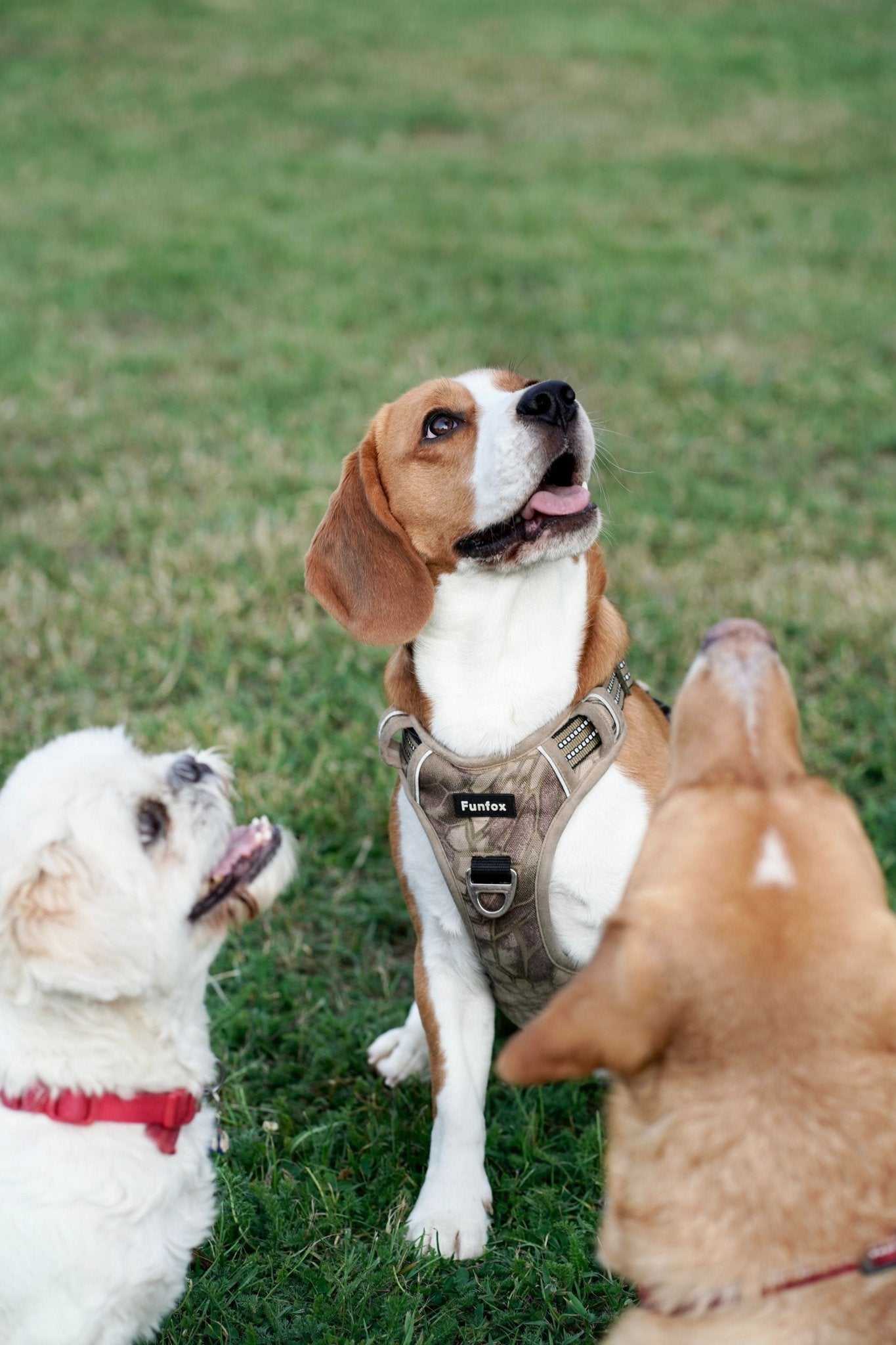
![Why is My Dog's Ear Swollen? [MUST KNOW!]](http://dope.dog/cdn/shop/articles/tim-higham-QxDXORRktWE-unsplash-555717.jpg?v=1697236049&width=1536)
